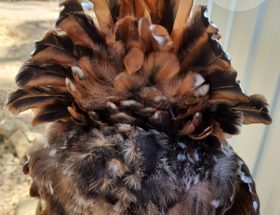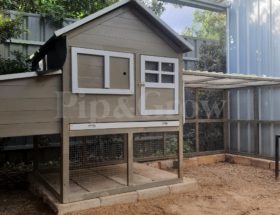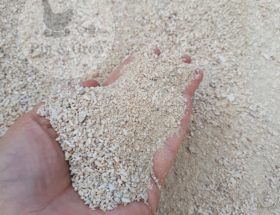Heat Lamp vs Heat Pad a.k.a Brooder Plate or electric hen
We get this question a lot every breeding season: “Which is better — a heat lamp or a heat pad?”
Since we’ve used both in our own brooding setups, here’s a detailed comparison to help you decide what’s right for you and your chicks.
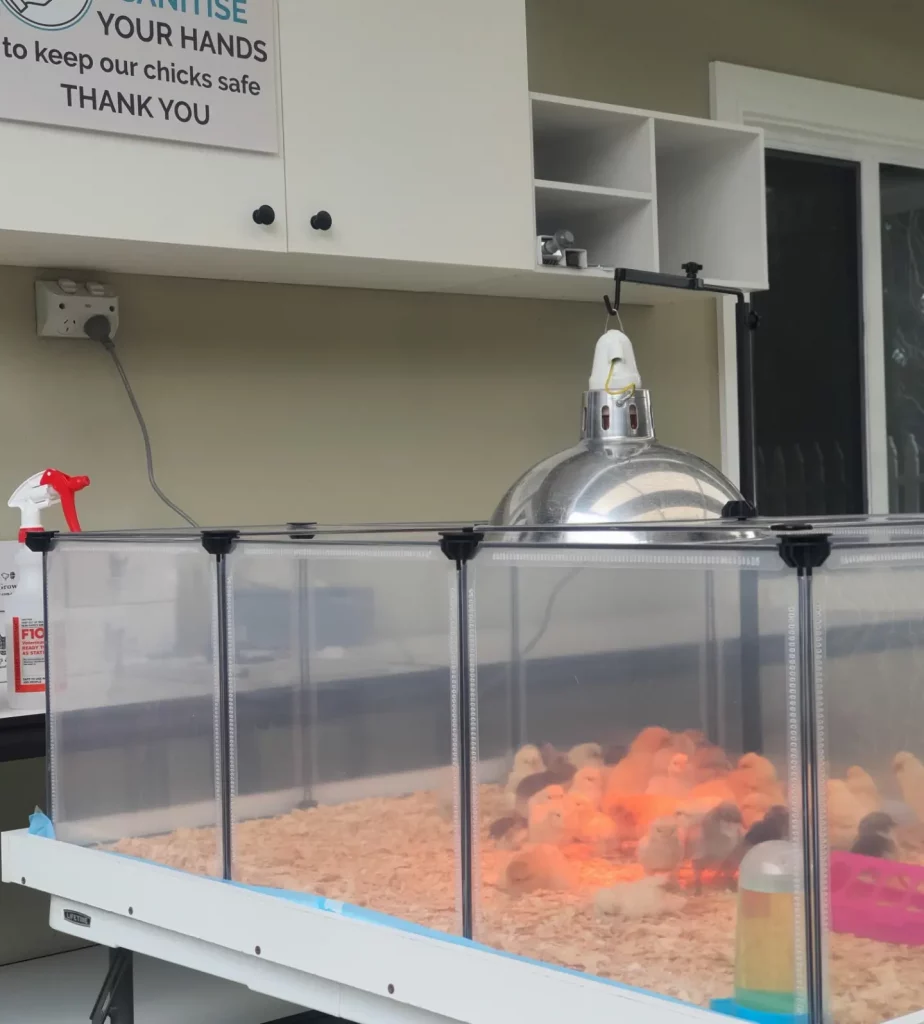
Heat lamp
Pros:
- Acts like the sun, warming both the air and the floor in its beam. This creates a warm zone where chicks feel comfortable roaming, eating, and resting.
This is especially helpful in colder weather or when your brooder is placed in a chilly area. - Open setup makes it easy to monitor chicks without having to move any parts.
- Lower upfront cost ; a good option for first-time breeders or budget-conscious setups.
Cons:
- Higher running cost ; heat lamps use more electricity, and the bulbs will need replacing over time.
- Bulbs can blow without warning, even in the middle of the night. In winter, this could sadly lead to cold or even fatal conditions for chicks if not noticed in time.
- Increased fire risk ; must be set up securely and kept well away from flammable bedding or materials.
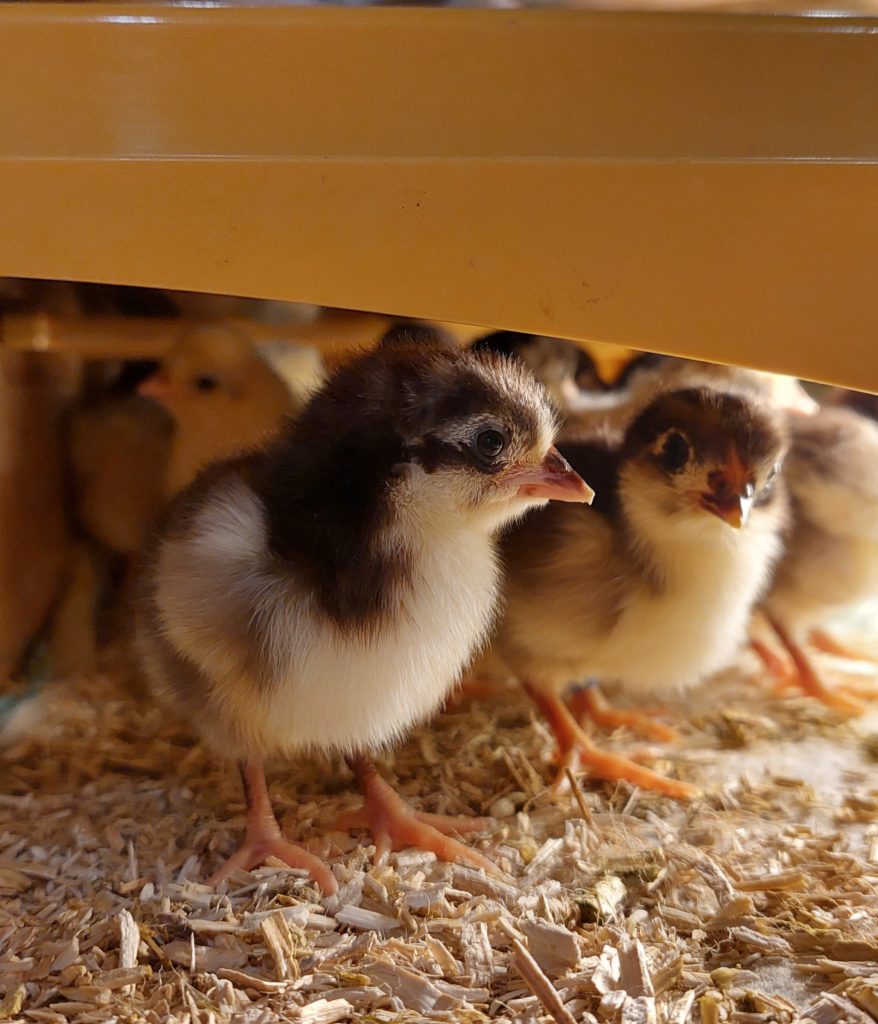
Heat Pad (Brooder Plate / Electric Hen)
Pros:
- Energy efficient ; uses much less power than a heat lamp and doesn’t require replacement bulbs.
- Simple to set up, clean, and adjust ; the height can be raised as chicks grow.
- Safer overall than heat lamps ; but not all products are created equal. Poorly made, low-quality heat pads can cause fires too, so it’s important to invest in a reliable brand.
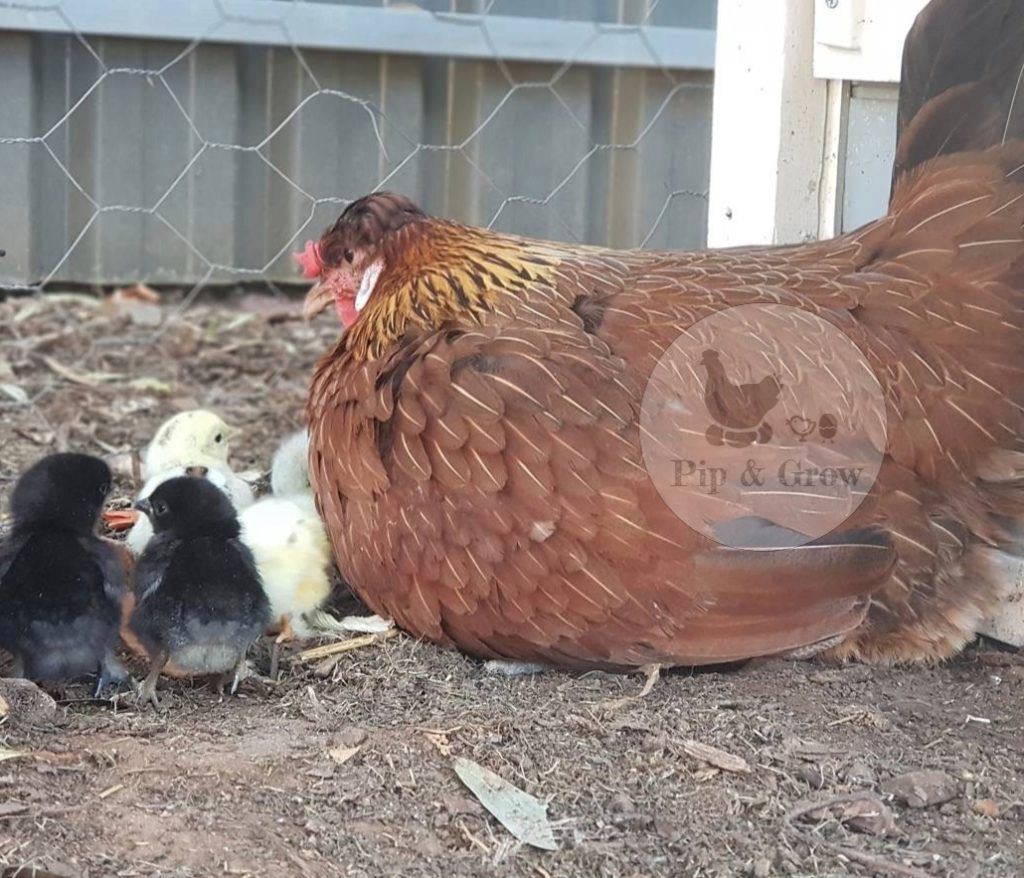
Cons:
- Correct setup is crucial. Unlike a heat lamp, a brooder plate mimics a mother hen, offering warmth only underneath. Think about it, have you ever seen a broody hen standing up while her chicks sleep? Of course not! She sits, and the chicks snuggle under her wings and chest, kept warm by direct skin-to-skin contact.
That’s the kind of warmth chicks instinctively seek. A common mistake is setting the plate too high. If chicks can only touch it with their heads while standing, they may end up sleeping upright to stay warm, this can cause leg issues or lead to crowding as they try to keep close together. Crowding also increases the risk of pasty butt, due to poor posture and blocked droppings.
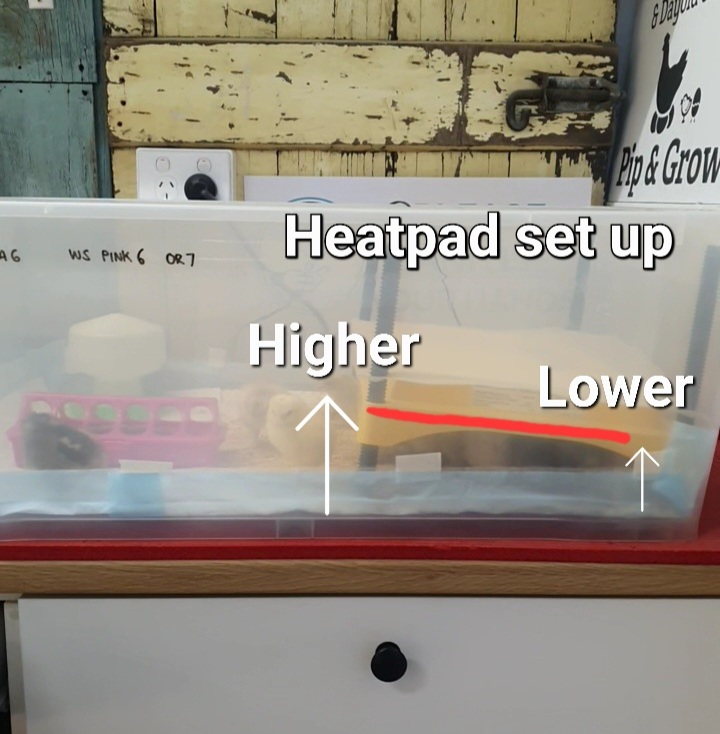
- Best setup tip: Set the plate at a slight angle ; the front a little higher for easy entry, and the back lower so chicks can tuck right in. This way, even smaller chicks can lie down in the bedding and stay warm. Adjust the height as they grow.
- The plate can sometimes act like a mini “flat iron” ; not usually a problem, but it can flatten the crest on breeds like Polish, Silkie, or Araucana. It might leave them with a funny little flat head look for a while.
- Less visibility : to check on chicks, you need to lift the plate, and extra care is needed when putting it back. We’ve had moments where a toe or even a whole chick got caught if we weren’t watching carefully.
- In cold rooms or winter weather, chicks may stay tucked under the plate most of the time, only coming out briefly to eat and drink. They’ll be less active unless the brooder space around the plate is also warm.
- Higher initial cost, but reputable brands often hold their value and can be resold second-hand.
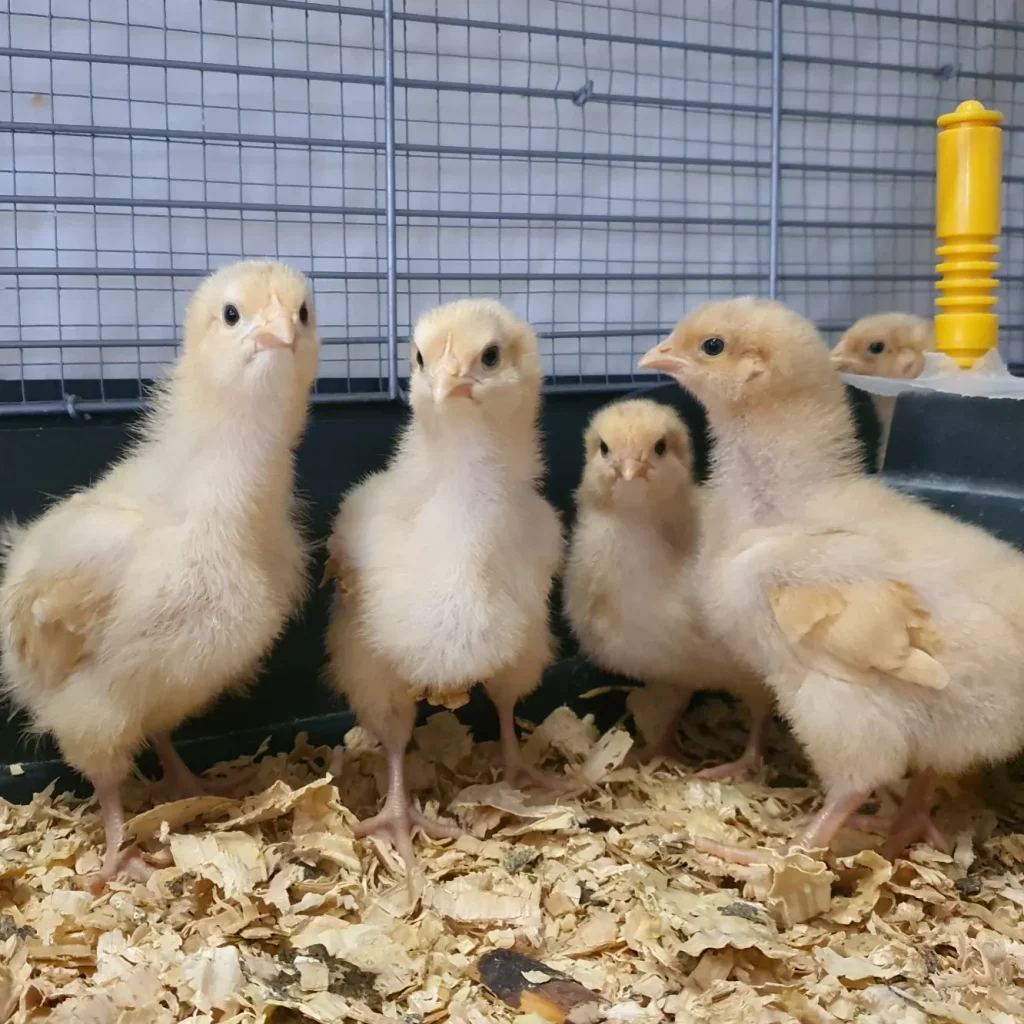
Our Recommendation
If you’re brooding indoors or in a warm space and you’re happy to invest a little more upfront a heat pad (brooder plate) is often ideal. It’s energy-efficient, safer, and offers a more natural source of warmth if it’s set up correctly and chicks are closely monitored during the first few days.
On the other hand, if your brooder is in a colder shed, you’re raising a larger number of chicks, or you need more flexibility in heat coverage, a heat lamp can be a great option as long as it’s used with proper safety precautions.
Both options can raise healthy, happy chicks when used correctly.
The best choice really depends on your setup, preference, the season, your budget, and whether you’re hatching regularly or just doing a one-time batch.
